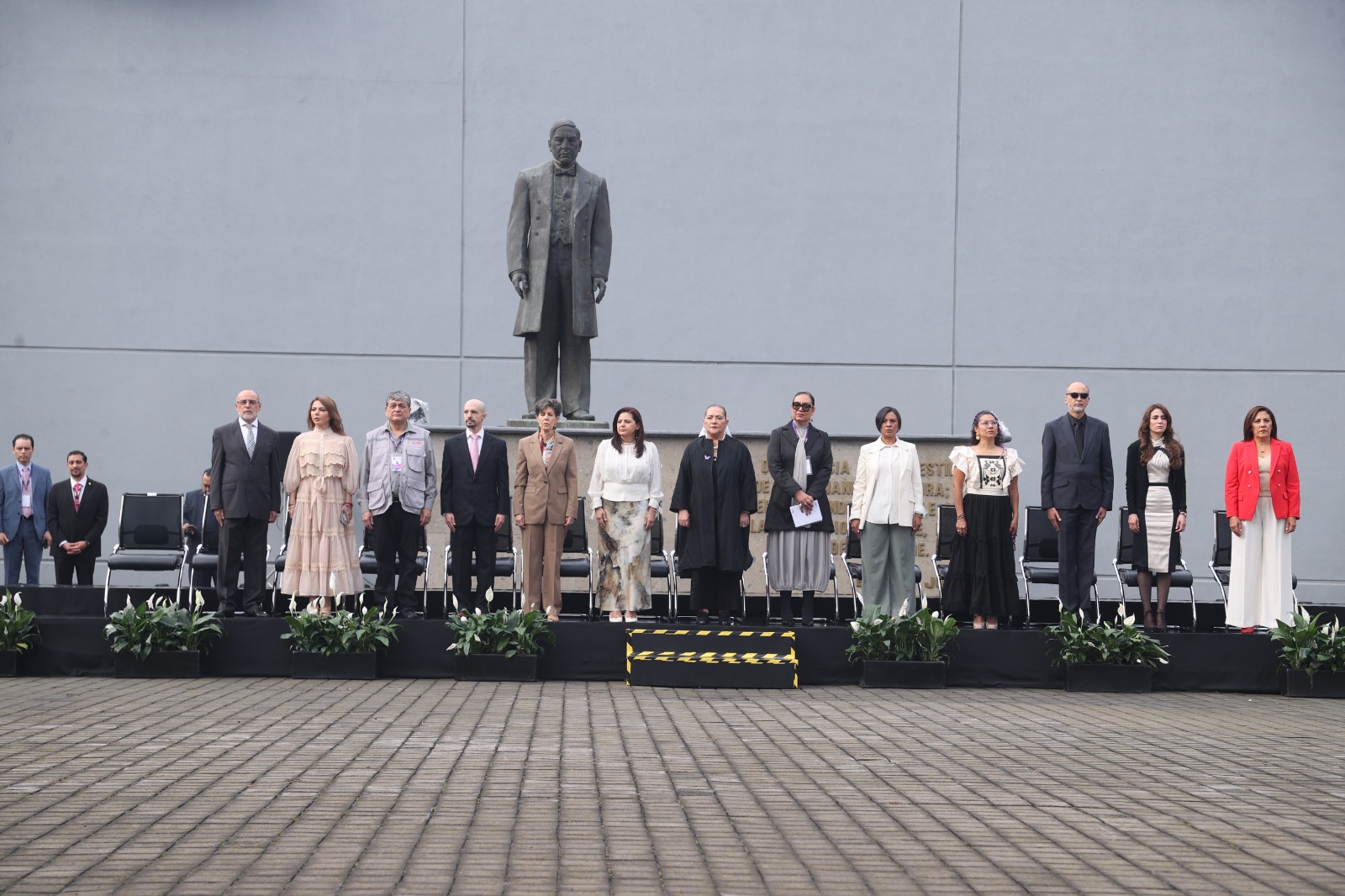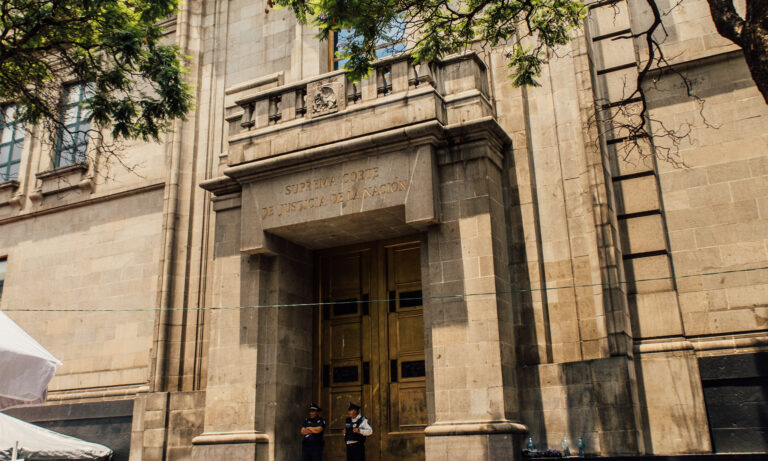THE ELECTION IS ON!
This article by Fabiola Martínez and Lilian Hernández appeared in the June 1, 2025 edition of La Jornada, Mexico’s premier leftist daily newspaper.
Mexico will elect ministers, magistrates, and judges by popular vote today, in the first elections of its kind in Mexico and the world, based on a complex operating model for both authorities and citizens.
In total, 99,793,821 voters will be called to the polls to renew 881 positions, half of the total number of judges in the Federal Judicial Branch, in a process from which excludes political parties. Furthermore, multiple restrictions were imposed, especially on the dissemination of propaganda, and for the first time, candidates were not publicly funded.
This long march toward judicial reform—the initiative for which was sent by the Executive Branch to Congress in February 2024 and enacted in September of that same year—has seen more than 800 amparo lawsuits filed by opponents of this constitutional framework.
The reform’s decree ordered the National Electoral Institute (INE) to organize the extraordinary, historic, and unprecedented election, just as the body was emerging from the 2023-2024 electoral process, which resulted in Mexico’s first female president and the renewal of the Congress, with an absolute majority of Morena and its allies.
Thus, the INE received the constitutional mandate to design the new ballots and, furthermore, an electoral-judicial geography that few understand to date. In short, it was to build everything necessary along the way to hold elections on the first Sunday of June 2025.
But at the same time, the INE itself was excluded from evaluating candidates; instead, the task was assigned to the three branches of government, with the Senate acting as coordinator.
The initial call for elections was given in a timely manner last September. However, the institute itself was immediately shocked by the number of lawsuits attempting to repeal the reform, and even judicial fines imposed on electoral councilors, allegedly for flouting injunctions.
We’ve been in a state of waiting for two months for a ruling finally issued by the highest chamber of the Federal Electoral Tribunal of the Judicial Branch (TEPJF), said this week the president of the INE, Guadalupe Taddei, in front of representatives of more than 300 foreign visitors interested in learning how 881 judges will be elected by popular vote.
He explained that the election organization had advanced not only in the face of the amparo lawsuits [Editor’s note: an amparo is somewhat akin to a judicial review], but also in the face of discordant words, and dissonant and aggressive speeches by those opposed to the reform.

The complexity of judicial voting forced the INE to create a microsite to view the CVs of 3,397 candidates, as well as practice voting and locate their voting booth. It called this platform CPU: Know-Practice-Locate.
On February 12, the councilors received an electronic file containing names and personal information through the Senate presidency. The electoral referee was unable to access the list, except to glance over it to correct personal information.
At the same time, electoral experts racked their brains trying to design the ballots, which this time would not feature the names or symbols of political parties—which were also excluded from this process by constitutional mandate—but rather the names of more than 3,000 people.
From the outset, the method, the haste, and the lack of resources (the Chamber of Deputies gave them half of the budget they requested for the election) excluded blind and/or illiterate people from independent voting; Neither were people in pretrial detention or Mexicans abroad included.
The available funds (almost 7 billion pesos [$360m USD]) led the INE to plan to install only half the number of polling stations available in last year’s federal election.
This Sunday, voters will arrive at the polling station, identify themselves in front of the officials, who will give them the corresponding ballots, mark their ID, stamp their voter registration on the list, and then ink their thumbs. They will proceed to the voting booth, mark their ballots, and place them all on a single ballot, including the six for the federal election and the local judicial election. From there, they will exit the polling station.
-
Supreme Court Will No Longer be Held Hostage
Mexico’s incoming Supreme Court Chief Justice Hugo Aguilar Ortiz says power groups persist within the judiciary, and that monitoring and sanctions are urgently needed, otherwise, within five years, vices will be widespread.
-
Morena Opposes Cap and Gown at Supreme Court of Justice
Senators presented a bill that eliminates the mandatory use of the cap and gown for Supreme Court justices, with the goal of “eradicating symbols” of remoteness and elitism from the country’s highest court.
-
The Ideological Custodians of a Dying Neoliberalism
A serious political movement that wants to transform working class conditions must face up to the obstacles placed in its path. Mexico’s old judiciary was such an obstacle, as are rearguard defenders of institutionalized corruption like the OAS and corporate pundits.




